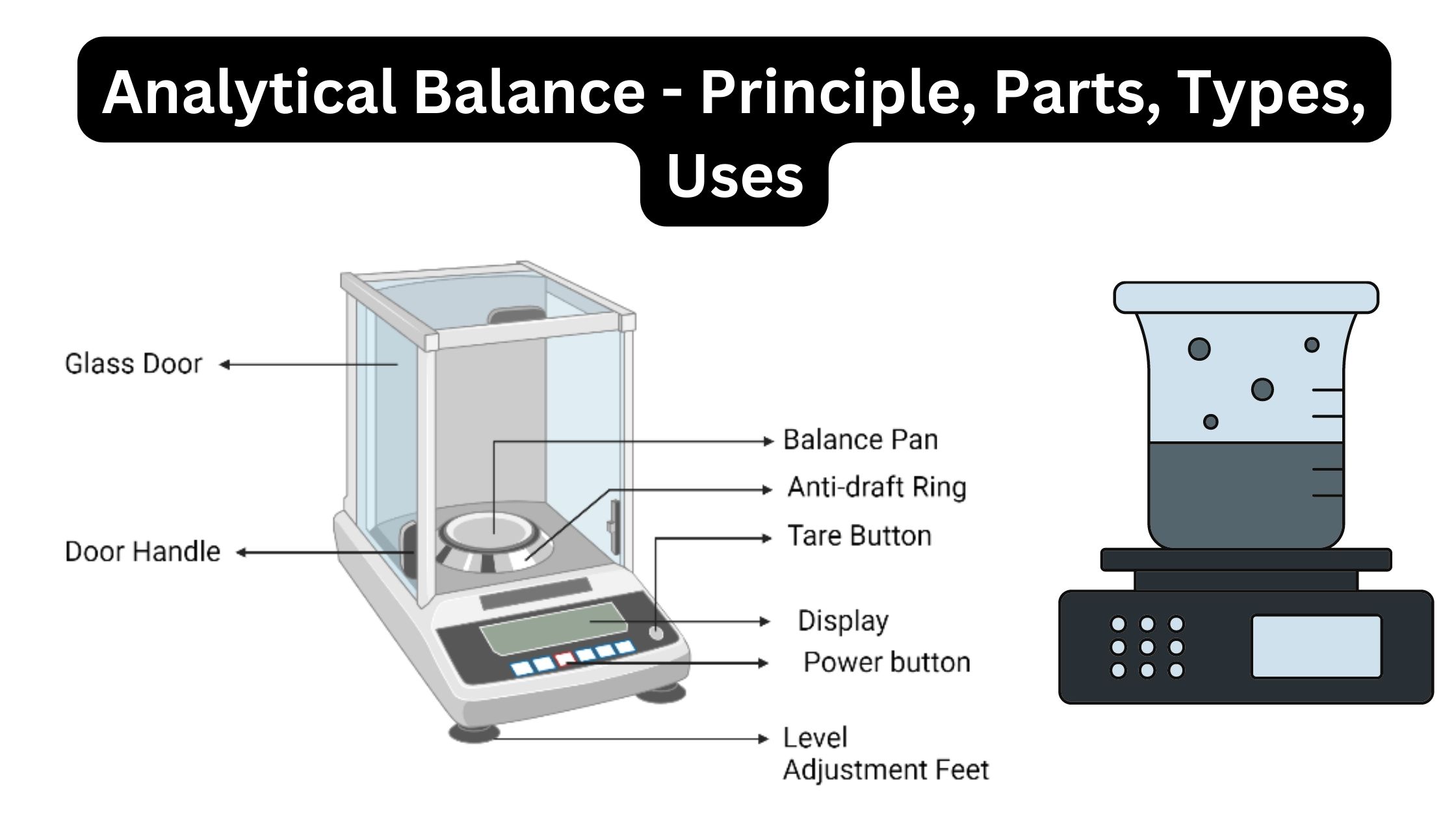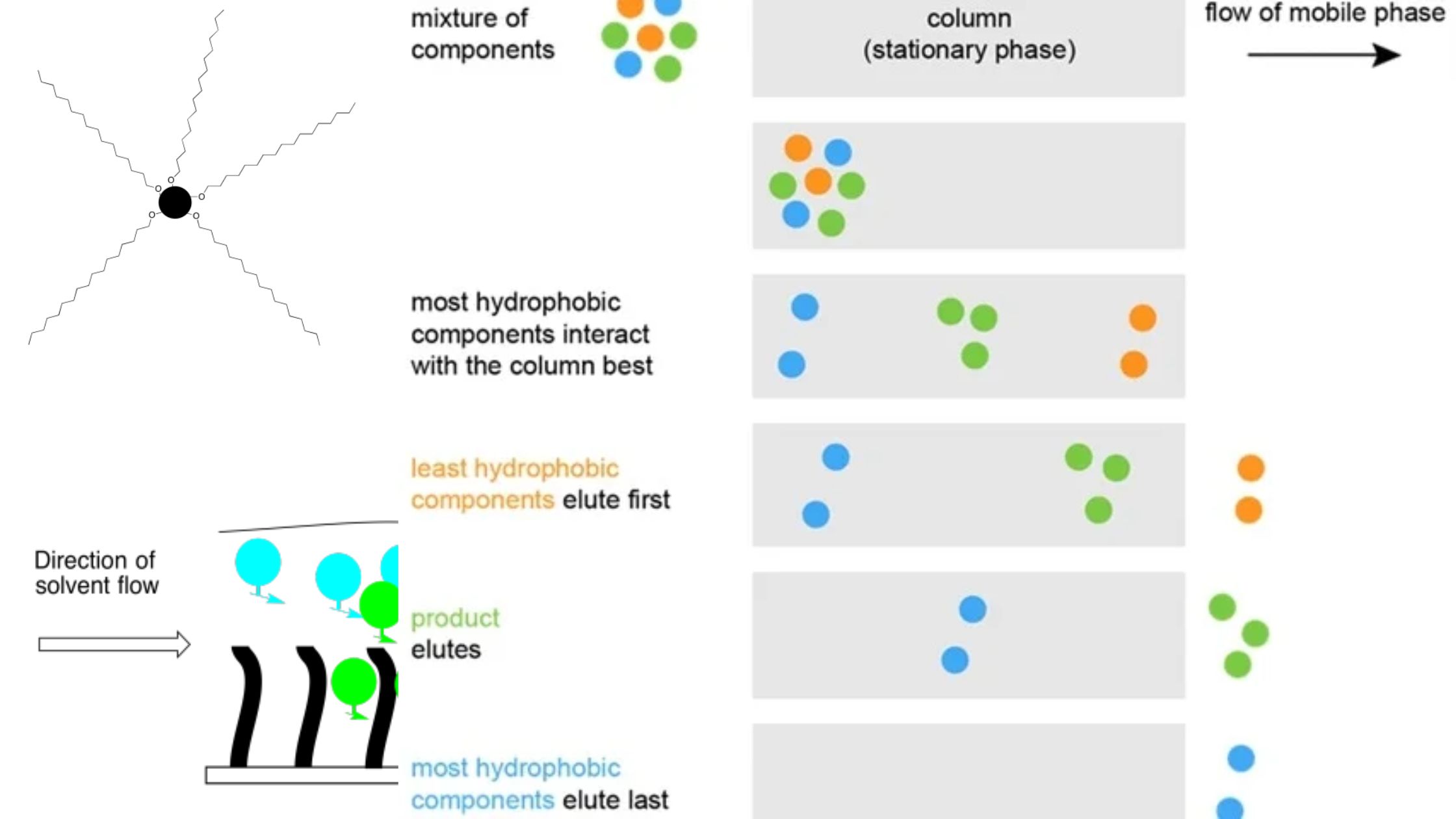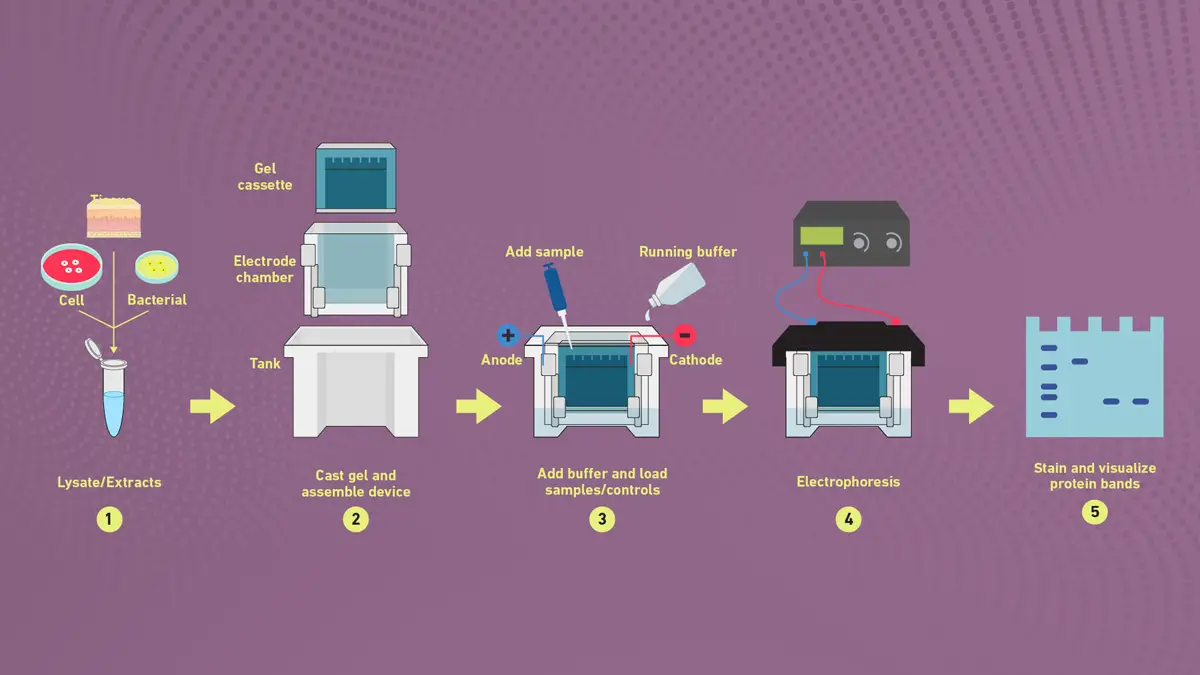Triple Beam Balance – Parts, Procedure, Uses
What is Triple Beam Balance? Definition of Triple Beam Balance A triple beam balance is a precise measuring instrument used to determine the mass of an object. It consists of three beams, each with different sizes and scale readings, allowing for precise measurements ranging from 0.1 grams to 600 grams. Parts of Triple Beam Balance … Read more









